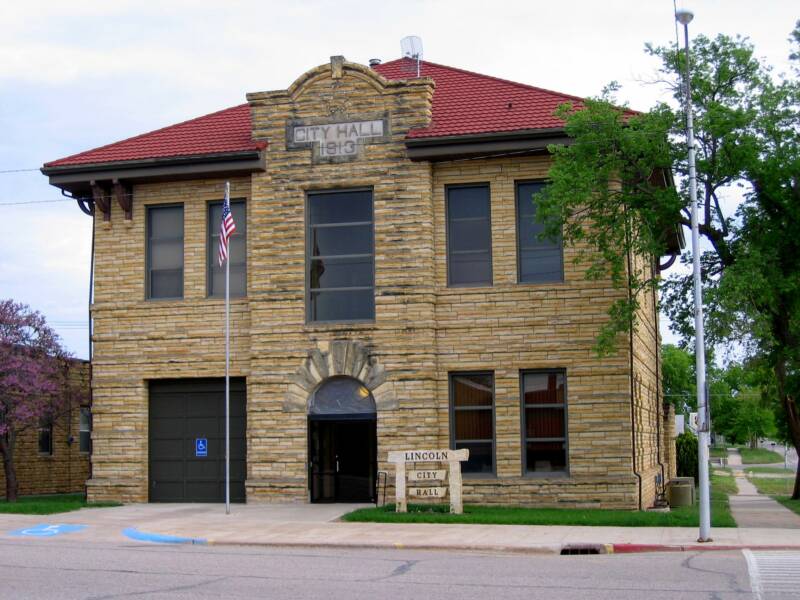Property assessed clean energy (PACE) does not make energy efficiency the enemy of solar PV. Instead, it helps optimize the use of solar PV for participating property owners.
PACE programs are a new tool for promoting residential (and commercial) energy efficiency improvements and on-site renewable energy. The municipality issues bonds to provide financing for voluntary energy improvements for property owners, who pay back the financing with a long-term assessment on their property taxes. PACE addresses the upfront costs and longer payback of energy efficiency and solar by providing long-term financing that can carry over to subsequent property owners when the property sells.
While PACE programs allow participants to do both energy efficiency improvements and renewable energy (primarily solar PV or solar hot water), they also require nominal improvements in energy efficiency (e.g. 10%) before providing financing for solar power. It’s been suggested that this makes PACE a poor policy for solar.
Nonsense.
First of all, the energy efficiency requirement is a minor one. Some of the shortest payback energy efficiency retrofits – lighting and insulation – are sufficient to reach this threshold.
Second, this is smart politics. Municipalities are using public financing tools on behalf of property owners and must acknowledge that energy efficiency is vastly superior to solar PV for mitigating greenhouse gas emissions and reducing energy bills. Reasonable people can disagree about the threshold energy efficiency savings before allowing for solar PV, and there are options. An example of better policy would be a requirement that the property owner complete every energy efficiency retrofit with a less than 10-year payback (this solves the problem of already-efficient homes being asked to do uneconomical improvements). And if the goal is to maximize the amount of solar on our rooftops, an even better approach will be smartly designed feed-in tariffs. But that’s another story.
Finally, a modest energy efficiency requirement hardly disadvantages solar. Take a look at the tax incentives and rebates showered by federal, state, and utility authorities on solar PV. In Minnesota, a homeowner can buy down a solar array by 70% with current incentives. And cost-averse property owners have a slew of third-party ownership options from solar leases to power purchase agreements.
Energy efficiency is a more cost effective way to achieve comfortable buildings, reduce energy consumption, and mitigate greenhouse gas emissions. Prioritizing efficiency is smart policy and smart politics.
It also happens to be a great complement to solar PV.
When San Francisco retrofitted the Moscone Center, they used revenue bonds to install a 675 kW solar array and several energy efficiency improvements. The improvements were projected to pay back in 6.5 years, because of the savings from the energy efficiency improvements. A comprehensive retrofit with solar allows efficiency savings to bankroll solar PV.
Furthermore, ignoring energy efficiency when considering solar PV allows contractors to make mistakes akin to putting a Hummer engine into a Honda Civic. If a building is drafty, it’s more sensible to seal the holes before installing an out-size PV array to power the air conditioning. Consumers who install solar will have more comfortable homes and more economical solar arrays when they improve efficiency first. If a solar installer has trouble with that arrangement, PACE is not the issue.
Municipal PACE programs have responsibly prioritized energy efficiency improvements. This choice does not undermine solar PV, but rather ensures that participants get an optimally sized solar PV array that is partially paid for through the energy savings from efficiency improvements. Putting efficiency first is a win for participant energy savings and a win for solar PV.
This article is a response to Two New Enemies: Solar and PACE



